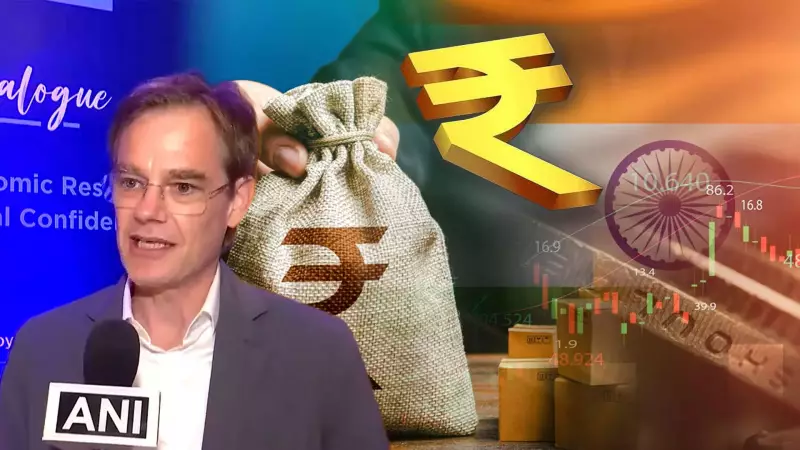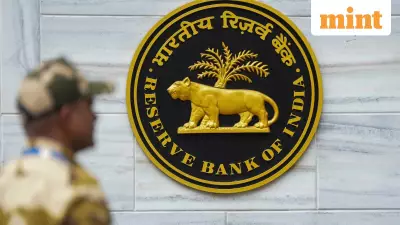
India's economic engine continues to demonstrate remarkable resilience against global headwinds, according to a senior World Bank economist who highlights the country's unique advantages in sustaining strong growth momentum.
Three Pillars of India's Economic Strength
In an exclusive interview conducted on November 12, 2025, World Bank Lead Economist Aurelien Kruse identified three fundamental factors driving India's economic story: massive domestic scale, youthful population, and inherent resilience. These elements collectively create robust shields against global economic volatility that often impacts smaller, less diversified economies.
Kruse emphasized that India's vast domestic market provides a crucial buffer during times of international uncertainty. "The sheer size of India's economy and its internal consumption capacity allows it to weather global storms that would significantly impact more export-dependent nations," he explained during the conversation that took place at 04:02 PM IST.
Growth Trajectory and Future Potential
The World Bank projects India will maintain strong economic growth between 6-7 percent in the coming years, with Kruse noting an even more optimistic scenario where the country could potentially reach 10 percent growth under specific conditions. "With higher productivity gains and deeper integration into global value chains, India has the potential to accelerate its growth trajectory significantly," Kruse stated.
He particularly highlighted India's digital transformation and innovation ecosystem as key drivers of efficiency gains across multiple sectors. The rapid adoption of digital technologies is creating new paradigms for service delivery, financial inclusion, and business innovation that are contributing substantially to economic modernization.
Demographic Dividend and Global Positioning
India's favorable demographic profile represents another critical advantage, with Kruse pointing to the country's demographic window of opportunity that remains open until 2050. This extended period of having a large working-age population provides India with a unique competitive edge in the global economy.
Contrary to narratives about deglobalization, Kruse suggested that India's success demonstrates that global trade isn't shrinking but rather evolving into new forms and patterns. "India's economic story shows that globalization is transforming, not disappearing, and the country is well-positioned to benefit from these new trade dynamics," he observed.
The World Bank economist concluded with a powerful assessment of India's prospects: "India has all the cards to go from good to great" in its economic development journey, suggesting that the country's growth narrative is still in its early chapters with much more potential to be realized in the decades ahead.





